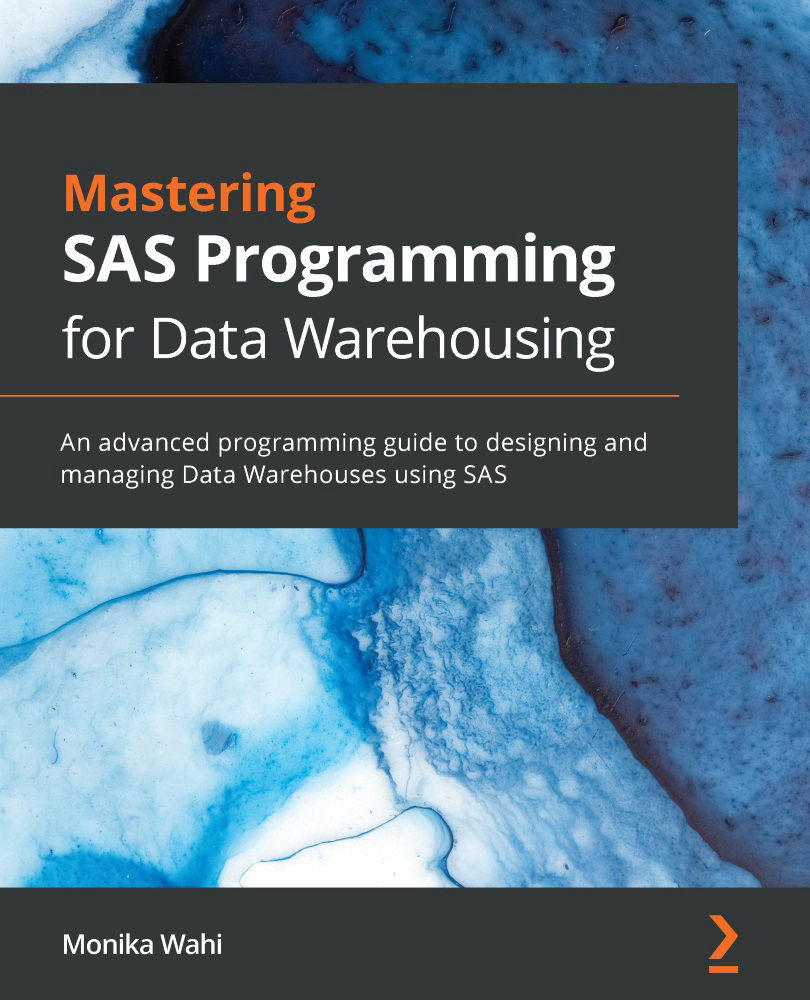Limitations of arrays
Although array processing is usually necessary as part of maintaining a SAS data warehouse, using arrays also introduces limitations, mainly concerning issues surrounding variable naming and renaming, which will be discussed here. Issues associated with troubleshooting array programming will also be covered.
Naming limitations in SAS arrays
To speed up processing, we renamed the input array variables from CM1-CM11, while to handle recoding the grouping variables, we used a condition in our array processing to accommodate the slightly different native coding of DIABETE3 compared to the other co-morbidity variables. It's easy to imagine how this situation of renaming native variables and creating long data steps with conditions can become even more complex.
Imagine that our dataset contains 100 disease variables and that they were coded according to five different systems (one or two dominant ones, and three rarely used ones). Theoretically, it would...


































































